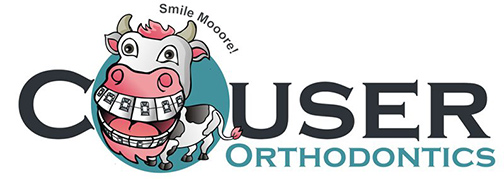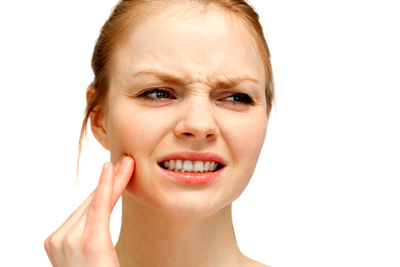The cause of some TMDs are not well understood. Because of this, there are varying opinions about diagnosis and treatment of these conditions, some of which are discussed below.
How The Chewing Muscles and Jaw Joints Work
The structures that make it possible to open and close the mouth are very specialized and work together when you chew, speak and swallow. These structures include muscles and ligaments, as well as the bones and cartilage-like discs which make up the TMJ. The TMJ is one of the most complex joints in the body, especially because there are two of them working together. They are capable of making many different types of movements, including combinations of hinge and gliding action. The cartilage-like disc acts like a shock absorber between the ball (condyle) and socket (articular eminence). A number of muscles allow you to open and close your mouth. They also control forward, backward and side-to-side movements of the lower jaw. Both joints also are involved in these movements. Each of these joints has a disc between the ball and socket. This disc cushions the load while enabling the jaw to open widely and to move in combinations of hinge and gliding movements. Any problem that prevents this complex system of muscles, ligaments, discs and bones from working together properly may result in a TMD.
Causes of TMDs
While some cases of TMD may have clear-cut causes such as trauma, arthritis, or severe stress, most are due to a combination of factors. The strongest level of research supports that fact that TMD is not caused by orthodontic treatment. It is also confirmed that orthodontic treatment does not cure TMD. Therefore, if you are being told that your TMD was caused by your braces, or because your bite is off you should be careful with this type of opinion. The cause of TMD may not always be straight forward but the treatment should always be conservative and reversible.
Signs and Symptoms of TMDs
TMJ disorders have many signs and symptoms. Some of the most common:
Pain in or around the ear or a feeling of fullness in the ear.
Tenderness or tightness of the jaw muscles.
Clicking or popping noise when one opens or closes the mouth.
Jaws that “get stuck”, “lock”, or “go out.”
Pain brought on by opening the mouth, chewing or yawning.
Certain types of headaches or neckaches.
Dr. Couser can recommend a course of treatment by taking a complete history and conducting a clinical examination. To the extent that the causes of your TMD can be identified, proper diagnosis is an important step before treatment. It can save time and money by ensuring that you receive the treatment appropriate for your particular problem.
Treatment for TMDs
It is strongly recommended that, unless there are specific and justifiable indications to the contrary, treatment of TMD patients initially should be based on the use of conservative, reversible and evidence- based therapeutic modalities. Studies of the natural history of many TMDs suggest that they tend to improve or resolve over time. While no specific therapies have been proven to be uniformly effective, many of the conservative modalities have proven to be at least as effective in providing symptomatic relief as most forms of invasive treatment. Because those modalities do not produce irreversible changes, they present much less risk of producing harm. Professional treatment should be augmented with a home care program, in which patients are taught about their disorder and how to manage their symptoms.
Patients with TMD often spend thousands of dollars trying to heal because they were told by their dentist or other dental professional that they have TMD because their bite is off or because their jaw joint/disc are not in the proper place. These statements are false. Patients with TMD are also told that they need orthodontic treatment to fix their bite or they need a special retainer that will realign their jaw joint. Because some patients are desperate to find something that will make their TMD better they will try anything. This vulnerability leads to spending money on useless therapies. The truth is that orthodontics and or special retainers do not heal TMDs.


